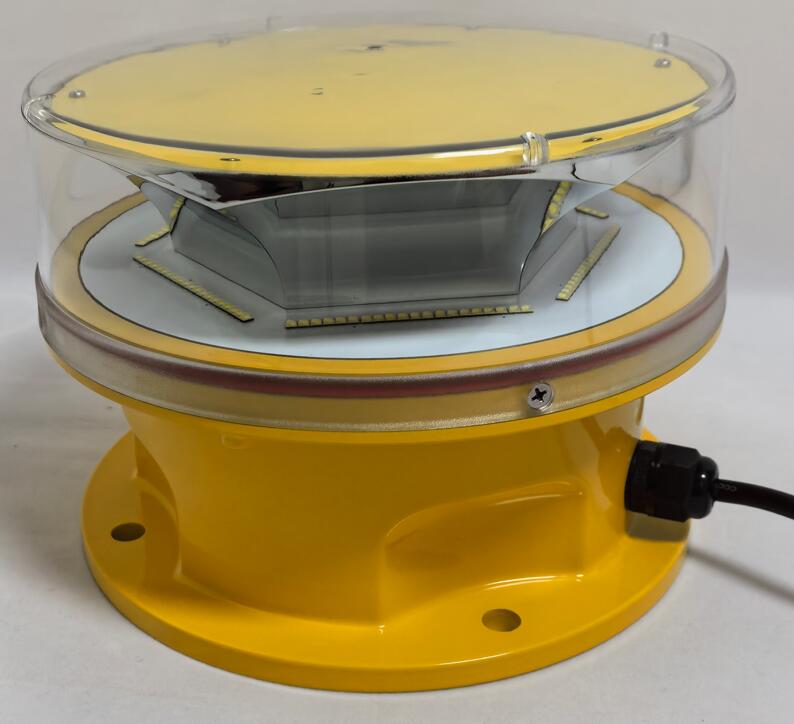Enhancing Airspace Safety with Advanced Aviation Obstacle Light Systems
In the world of aviation, safety is paramount. One essential yet often overlooked component that contributes significantly to the safety of air navigation is the aviation obstacle light. These specialized lighting systems are designed to mark tall structures that pose potential hazards to aircraft, especially during night operations or poor visibility conditions. As aviation regulations become more stringent and urban landscapes more crowded, the role of aviation obstacle lights continues to evolve with advanced technologies and smarter designs.
What Is an Aviation Obstacle Light?
An aviation obstacle light is a lighting device installed on structures such as communication towers, high-rise buildings, cranes, wind turbines, chimneys, and bridges. Its primary function is to make these obstacles visible to pilots, reducing the risk of in-flight collisions. These lights operate based on guidelines issued by aviation authorities like the FAA (Federal Aviation Administration) and ICAO (International Civil Aviation Organization).
Aviation obstacle lights are broadly categorized by intensity: low, medium, and high. The choice of intensity depends on the height of the structure, its location, and the surrounding environment. For instance, a tall building in an urban setting may require medium-intensity red flashing lights, while a remote wind turbine might need high-intensity white strobes.
Key Functions and Applications
The main role of aviation obstacle lights is to alert and guide pilots. These lights are particularly crucial during:
Nighttime flights
Fog, rain, or snow conditions

Approach and departure paths near airports
Urban areas with dense skylines
Besides aviation safety, these lights also support helicopter operations, especially for medical evacuation missions, search-and-rescue efforts, and law enforcement activities. Proper marking of obstacles in low-visibility zones can mean the difference between life and death during time-sensitive operations.
| aviation obstacle light |
Types of Aviation Obstacle Lights
Low-Intensity Lights
Typically used for obstacles less than 45 meters in height. These are steady-burning red lights, suitable for structures within city limits or on rooftops.
Medium-Intensity Lights
These are commonly red flashing or white strobe lights. They are used for structures ranging from 45 to 150 meters. Red flashing lights are ideal for night use, while white strobes can be used in both day and night conditions.
| aviation obstacle lights |
High-Intensity Lights
Designed for obstacles above 150 meters. These powerful white strobe lights are used on very tall buildings, broadcast towers, and mountain-top antennas. They provide maximum visibility over long distances.
Technological Advancements in Aviation Obstacle Lights
With growing demand for energy efficiency and durability, the aviation industry has seen a shift from traditional halogen lamps to LED-based aviation obstacle lights. LED lights offer several benefits:
Longer lifespan (often over 100,000 hours)
Low power consumption
Minimal maintenance
Stable performance in extreme weather conditions
Another notable advancement is the integration of remote monitoring systems. These systems allow airport authorities or building managers to check the operational status of the lights in real-time, ensuring constant compliance with aviation safety regulations.
Solar-powered obstacle lights are also gaining popularity, especially for remote or off-grid installations like wind farms or mountain towers. These systems combine solar panels, battery storage, and efficient LED lighting for autonomous, year-round operation.
Compliance and Installation Guidelines
Installation of aviation obstacle lights must align with national and international standards. The FAA and ICAO provide comprehensive guidance on:
Color coding (typically red for night, white for daytime)
Flashing patterns and intensity levels
Light spacing and coverage angles
Synchronizing lights on large or multiple structures
Proper installation also requires a strategic layout to ensure that the lights are visible from all critical flight angles. For tall structures, lighting is often installed at multiple levels: top, middle, and base, depending on height and design.
Environmental and Operational Considerations
Although designed for safety, aviation obstacle lights can create light pollution if not properly configured. To address this, modern systems are equipped with features such as:
Adjustable brightness based on ambient light
Directional beams to minimize light spill
Shielding to prevent interference with nearby residences
In addition, redundancy is vital. Backup systems, including dual lighting circuits and automatic switches, ensure continuous operation even in the event of a primary system failure.
Future Trends
As urban development expands vertically and drone traffic increases, the demand for more sophisticated aviation obstacle light systems will grow. Some emerging trends include:
Smart obstacle lighting integrated with air traffic control systems
Dynamic lighting that adapts based on aircraft proximity
AI-based monitoring for predictive maintenance
Integration with Unmanned Traffic Management (UTM) platforms for drone navigation
These innovations aim not only to improve aviation safety but also to create more energy-efficient and intelligent airspace management systems.
The aviation obstacle light is a vital yet often underestimated component of global aviation infrastructure. As air traffic continues to rise and urban skylines become more complex, the importance of reliable, energy-efficient, and regulation-compliant obstacle lighting cannot be overstated. From enhancing pilot visibility to supporting emergency response operations, these lights are silent sentinels that play a critical role in keeping our skies safe.
With continued innovation in LED technology, smart systems, and remote monitoring, the aviation obstacle light will remain a foundational element of aviation safety for years to come.
